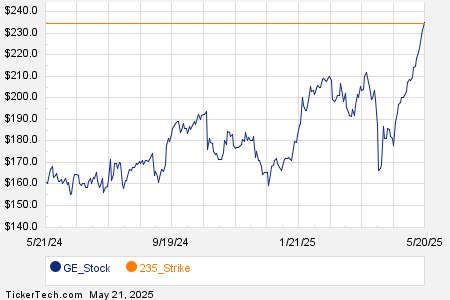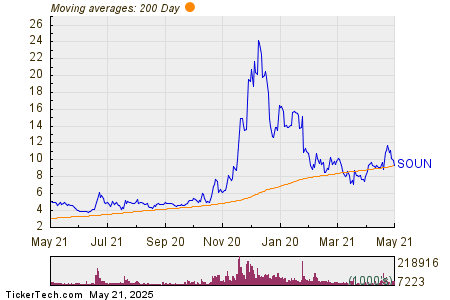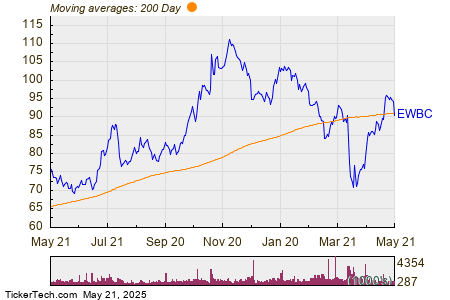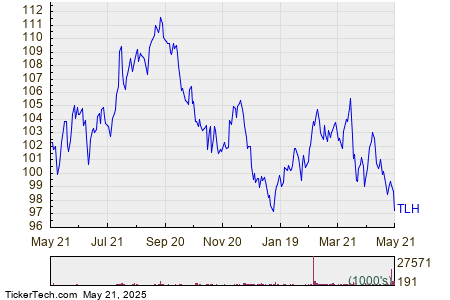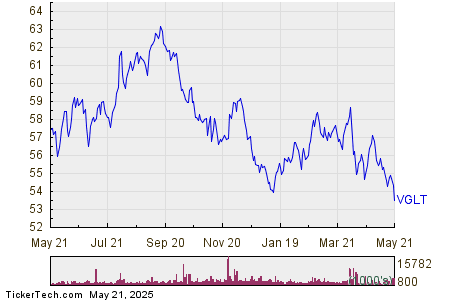Nvidia’s Latest Move Strengthens Its AI Market Dominance
Nvidia (NASDAQ: NVDA) has emerged as a leader in the groundbreaking technology of artificial intelligence (AI). This ascent began with the development of the graphics processing unit (GPU), designed to efficiently tackle specific computing tasks that can be broken down into smaller, simultaneous problems.
Originally, Nvidia catered to the gaming sector, where producing high-resolution graphics aligns perfectly with the strengths of parallel processors. However, as new applications for GPUs emerged, it became clear that these chips were ideal for training and running AI models.
Nvidia’s Strong Financial Performance
Currently, Nvidia stands as the foremost AI chip designer, thanks to its superior GPUs and a popular platform for developers. The company has demonstrated outstanding revenue growth, achieving quarterly increases in the double- and triple-digit percentage range, consistently setting new records. This growth is notable not just in revenue but also in profitability, with a gross margin exceeding 70%.
Nevertheless, the competitive landscape is shifting. Companies like Advanced Micro Devices and major clients such as Amazon and Meta Platforms are developing their own AI chips. Notably, Amazon Web Services (AWS) offers its Trainium chip, which caters to cost-sensitive customers.
In response to this competitive pressure, Nvidia has adopted a collaborative strategy. During Computex, a significant industry expo, CEO Jensen Huang unveiled a new product: NVLink Fusion. This initiative allows Nvidia systems to integrate with processors from other manufacturers, potentially mitigating the risk posed by rising competitors.
Integration and Flexibility with NVLink Fusion
Previously, NVLink could only function with Nvidia processors, compelling customers to choose whether to invest solely in Nvidia technology. The introduction of NVLink Fusion changes this dynamic, enabling customers to use Nvidia’s GPUs alongside CPUs and other processors from different companies.
The downside could be declining sales of Nvidia’s CPUs, as customers may opt for a mixed approach. However, the increased flexibility offered by NVLink Fusion is likely to be a significant advantage in a rapidly evolving market. This system allows customers to customize their data centers according to specific needs and budgets, thereby widening Nvidia’s potential customer base beyond traditional markets.
Although some might speculate whether Nvidia has outmaneuvered its rivals, the truth is more complex. This new offering won’t eliminate competitors; instead, it positions Nvidia to maintain its leadership as the AI market, projected to reach trillions of dollars by the end of the decade, continues to expand.
Conclusion: A Strategic Advantage in the AI Landscape
Nvidia’s introduction of NVLink Fusion represents a strategic move that helps ensure its dominance in the AI sector. While competition will persist, this innovation may reinforce its legacy in a burgeoning market.
The views and opinions expressed herein are the views and opinions of the author and do not necessarily reflect those of Nasdaq, Inc.

